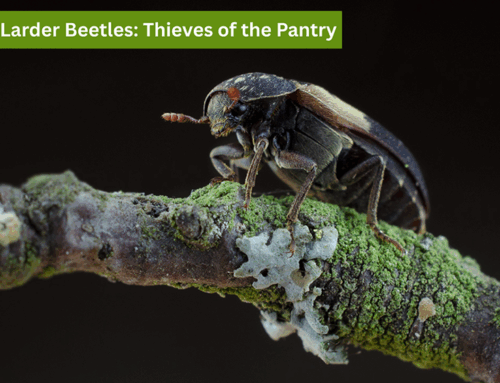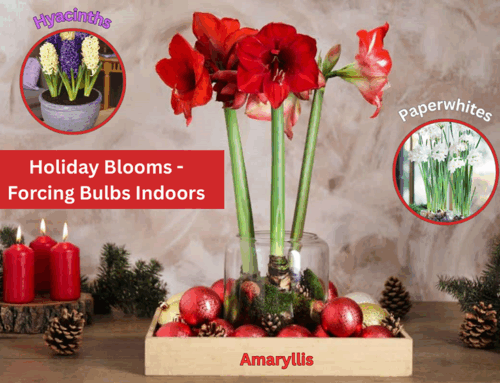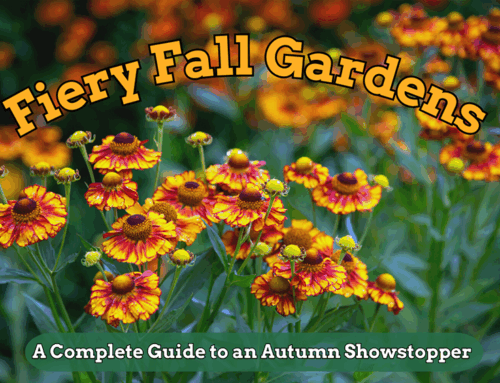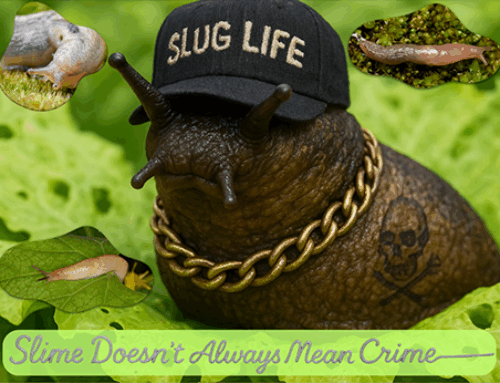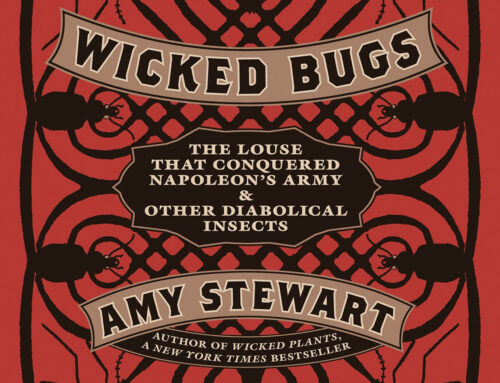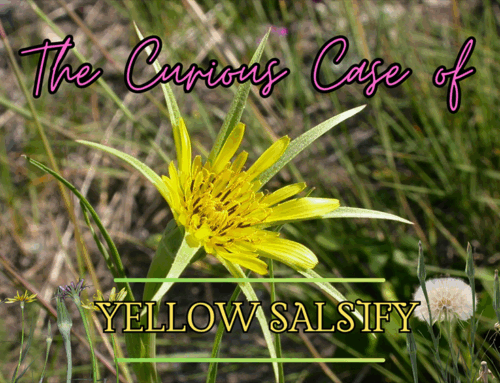Emerald Ash Borer
by Sacha Curran
Summer in Edmonton would not be the same without its trees. Whether strolling along my neighbourhood sidewalk or in a nearby park, they are a beautiful sight. These memories make sharing a project I’ve been working on all the more important. As part of my Senior Capstone project in the University of Guelph’s Horticulture–Plant Sciences program, my research focused on the ecology and management of invasive tree pests, with a particular emphasis on one of the most urgent threats to Canadian urban forests: the Emerald Ash Borer (EAB).
What is the Emerald Ash Borer?
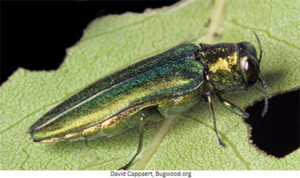 The Emerald Ash Borer, Agrilus planipennis, is a small, metallic green beetle native to northeastern Asia. It was first detected in North America in 2002, and since then, it has devastated ash populations across the continent. EAB targets all North American ash species (Fraxinus spp.), and there is currently no known natural predator here to keep its population in check.
The Emerald Ash Borer, Agrilus planipennis, is a small, metallic green beetle native to northeastern Asia. It was first detected in North America in 2002, and since then, it has devastated ash populations across the continent. EAB targets all North American ash species (Fraxinus spp.), and there is currently no known natural predator here to keep its population in check.
Despite its small size — adults are only about 8.5 to 14 mm (roughly ⅓ to ½ inch) long — the damage it causes is massive and often irreversible. EAB larvae are the real culprits: they bore through the inner bark and feed on the vascular tissue of the tree, disrupting water and nutrient flow and ultimately killing the tree.
The Emerald Ash Borer Life Cycle
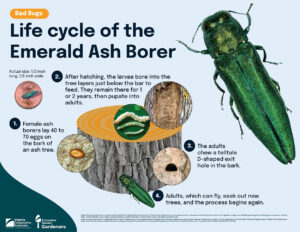 Understanding the EAB’s life cycle is critical to both early detection and effective management.
Understanding the EAB’s life cycle is critical to both early detection and effective management.
- Late Spring – Early Summer: Adult beetles emerge from infested trees, leaving behind distinctive D-shaped exit holes about 3–4 mm wide (⅛ inch).
- Summer: Adults continue to mate and lay eggs in bark crevices
- Mid to Late Summer: Eggs hatch into larvae, which burrow under the outer bark and begin the first of three instars, feeding on the inner bark tissues (phloem). This feeding creates S-shaped galleries up to 30 cm (12 inches) long, which girdle the tree and interrupt nutrient flow.
- Fall to Winter: Larvae overwinter in the tree, pupate in early spring, and emerge as adults to begin the cycle again.
Depending on climate, EAB will complete its life cycle in two years. The problem is that damage is usually invisible until the tree is heavily infested — and by that time, it’s often too late to save it.
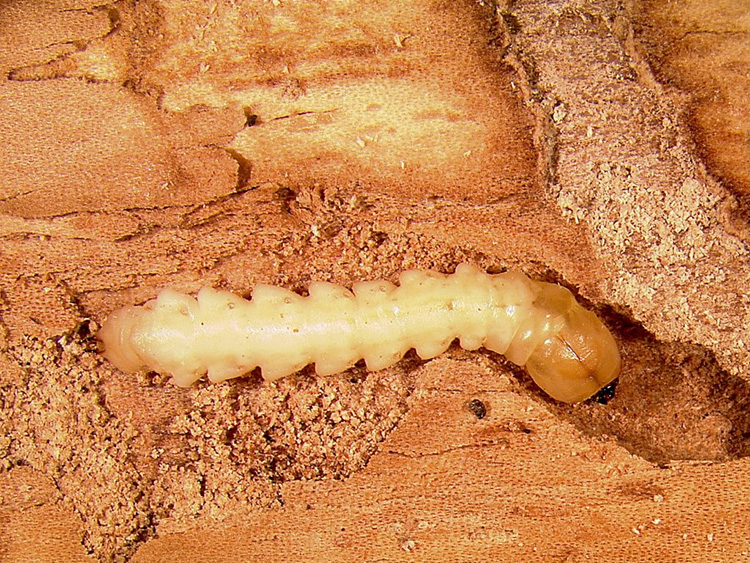
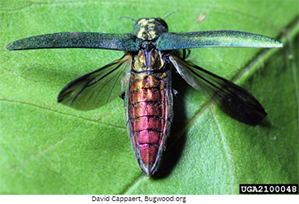
Why This Matters to Edmonton
 Edmonton’s urban forest is particularly vulnerable. The city is home to approximately 180,000 ash trees, most lining our street boulevards. These trees make up 40% of all boulevard trees, with a replacement value of over $390 million (2022 figures, City of Edmonton Urban Forest Asset Management Plan). But their true value goes beyond dollars: our urban forest is a living system that provides shade, reduces heat islands, filters air, supports biodiversity, and connects communities. Its total ecological value is estimated at $2.7 billion.
Edmonton’s urban forest is particularly vulnerable. The city is home to approximately 180,000 ash trees, most lining our street boulevards. These trees make up 40% of all boulevard trees, with a replacement value of over $390 million (2022 figures, City of Edmonton Urban Forest Asset Management Plan). But their true value goes beyond dollars: our urban forest is a living system that provides shade, reduces heat islands, filters air, supports biodiversity, and connects communities. Its total ecological value is estimated at $2.7 billion.
Without early intervention, EAB could cause widespread, irreversible loss. Once infestation reaches a certain threshold, more than 99% of ash trees die — quickly and often simultaneously, overwhelming city resources and ecosystems alike. After dying they become very brittle and must be removed immediately.
How You Can Help: A City-Wide Monitoring Effort
This year, I’m launching a city-wide urgent call to action and asking all Edmontonians to help monitor ash trees in their neighborhoods and report any signs of EAB to the City of Edmonton’s 311 line.
To make this easy and accessible, I’ve created an informational website: communityfieldandforest.ca
This site is a go-to resource for:
- How to identify ash trees
- Signs and symptoms to watch for, including
- D-shaped exit holes, ~ 3-4 mm (1/8 inch)
- S-shaped larval galleries under bark
- Canopy thinning or dieback
- Epicormic shoots (sprouts from the trunk or base of the tree)
- Woodpecker feeding activity
- Monitoring instructions, including a downloadable form
- How to report findings through the 311 system
Monitoring runs from now through late October — the ideal window to observe signs before next year’s emergence cycle begins.
We’re at a critical moment. By raising awareness and encouraging community participation, we have a real chance to detect EAB early, respond swiftly, and protect our valuable ash trees and the ecosystems they support.
Together, we can rally to act in safeguarding our urban forest — one tree, one neighborhood at a time.


